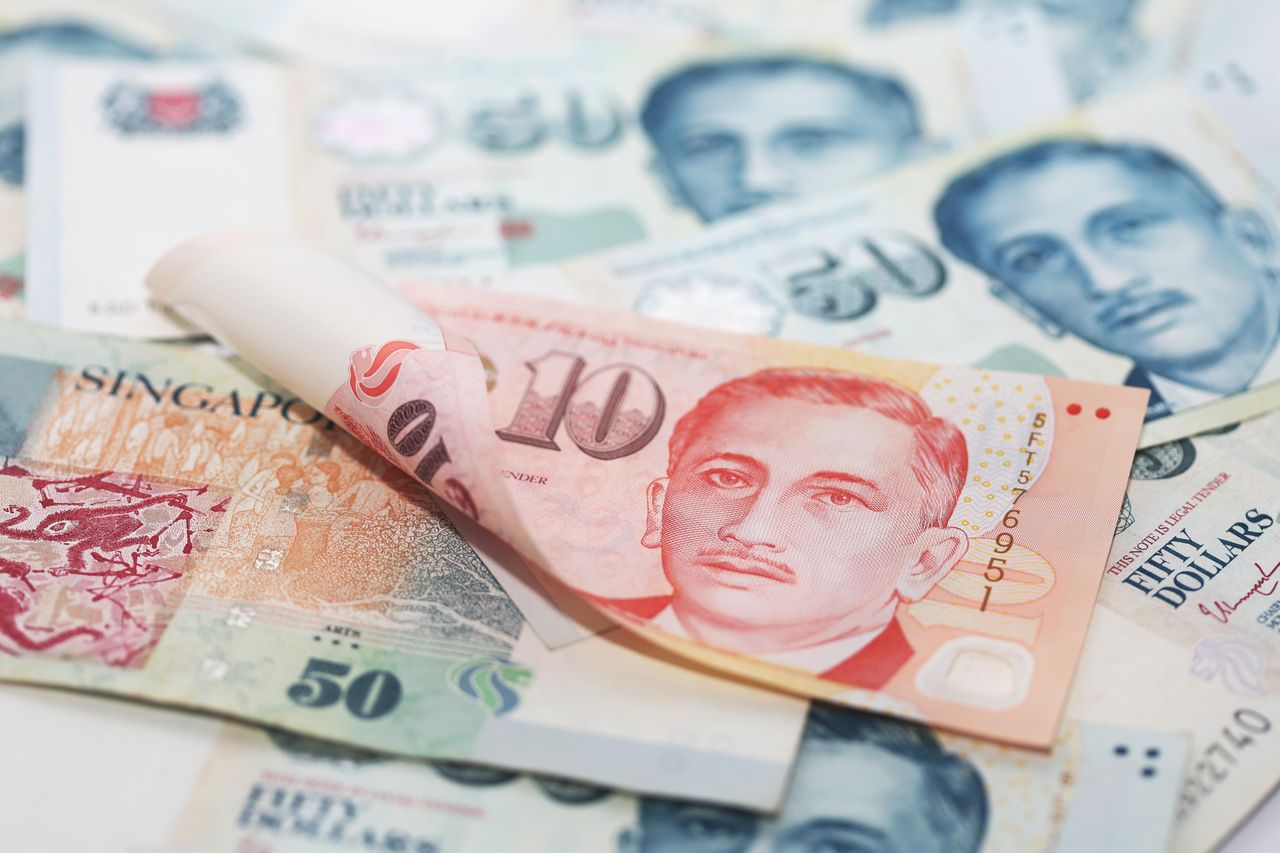SINGAPORE will issue up to another S$450 billion in government securities – including Singapore Savings Bonds (SSBs) and Treasury Bills (T-Bills) – with the government’s issuance limit now raised to S$1.515 trillion, from S$1.065 trillion previously.
A parliamentary motion to raise this limit, under the Government Securities (Debt Market and Investment) Act (GSA), was passed on Tuesday (Nov 12).
The new limit is expected to last until 2029, said Second Minister for Finance Chee Hong Tat.
In the ensuing debate, Workers’ Party Member of Parliament Jamus Lim supported the motion but raised concerns. He noted that this increase is the highest of the last five instances, with the others ranging from S$70 billion in November 2009 to S$270 billion in January 2021.
The increase is significant as a share of Singapore’s economy, he added. From 1992 and 2021, as the borrowing limit rose, the ratio of debt to gross domestic product was 110 to 165 per cent. The latest round will bring the total burden to 225 per cent, he said.
Chee replied that the increase is in line with historical norms as although the quantum is higher, the percentage of the increase over the outstanding issuance limit is comparable to that of 2021.
BT in your inbox

Start and end each day with the latest news stories and analyses delivered straight to your inbox.
CPF investment, market development
More than 60 per cent of the S$450 billion increase is expected to be issued as Special Singapore Government Securities (SSGS), mainly to meet the investment needs of the Central Provident Fund (CPF).
CPF monies are invested in SSGS, which are fully guaranteed by the government. This provides the assurance that the CPF Board can pay the interest committed and monies due to CPF members.
“We expect CPF balances to continue increasing over the next five years due to growth in wages and CPF policy enhancements,” said Chee. This will mean a rise in CPF’s investment needs, and thus more issuances of SSGS.
The rest of the increase is for projected issuances of Singapore Government Securities (Market Development), T-Bills and SSBs.
This will support the continued development of a vibrant Singapore Government Securities market, which serves as an anchor for the growth of the corporate and retail debt market, Chee said. It will also meet demand for high-quality liquid assets from financial institutions.
On this point, Prof Lim asked how much these issuances have translated into “actual usable, investable funds for our companies on the ground”.
“As much as we have succeeded in being an intermediary of global saving, less of it appears to have made its way into our domestic economy,” he said.
Chee replied: “Overall, if you look at how our financial markets have grown over the years, I think certainly, this effort has contributed to the growth of our debt markets.”
In many areas – whether wealth management, debt markets or foreign exchange – Singapore’s financial sector has done well, he added.
The issuance limit was last raised in 2021, from S$690 billion to S$1.065 trillion. This was intended to last till 2025.
As at end-October 2024, S$955 billion in government securities and T-Bills had already been issued under the GSA. The government expects issuances to reach the prevailing limit in 2025, said Chee.
These proceeds are invested and not used to fund government spending, he noted. Therefore, as with previous increases, the higher limit will not have an impact on the government’s fiscal position or net financial position.
Chee reiterated that the government does not borrow for recurrent spending needs.
Only “a small portion” of government borrowing is for spending. This is issued under the Significant Infrastructure Government Loan Act – which has a separate issuance limit from the GSA – to finance nationally significant infrastructure projects. Such borrowings currently represent less than 2 per cent of total government borrowings.











